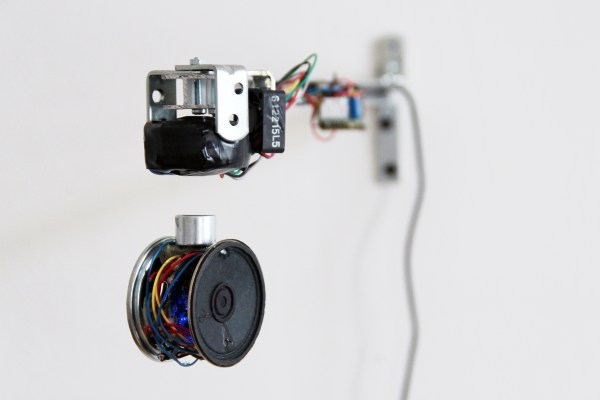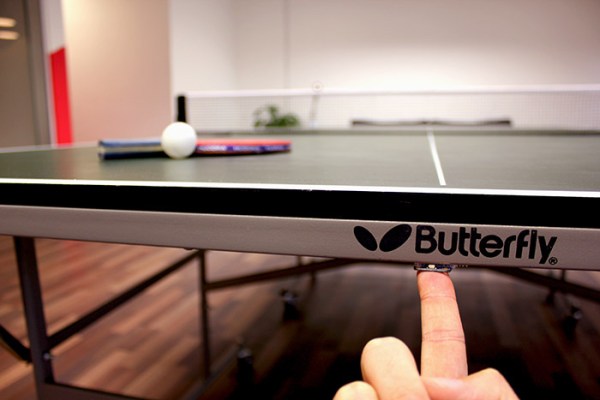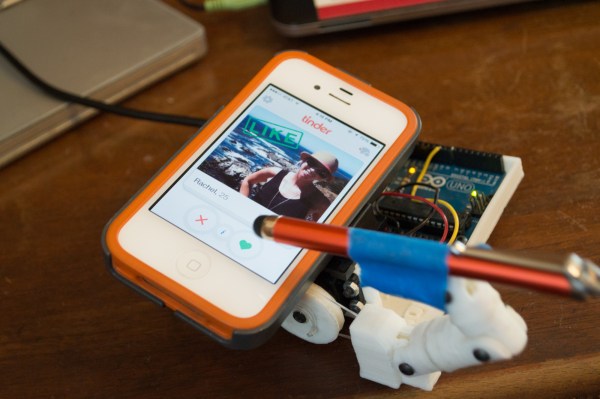Cargo bikes are very specialized and you don’t see too many of them out on the streets because of that fact. Being uncommon also means they’re rather expensive if you wanted to buy a new one. Like any hardcore bike DIYer, [Mike] got around this issue by building his own out of a couple old bikes. His goal is to show car-dependent people that you can get away with biking most of the time, even if you need to move some stuff from place to place. The build process for this monster was so involved that it required two pages of documentation; Part 1 and Part 2!
There are a few types of cargo bikes. There is the trike (seen often in regular or reverse trike varieties) with a bin between the 2 adjacent wheels. Two-wheeled options are usually either front loaders (the storage area between the rider and the front wheel) or those with rear racks. Mike’s bike is the latter.
He started with a 26″ wheeled bike that was already a Frankenbike of sorts, even the frame alone was a conglomeration of two separate bikes! To start, the rear wheel and chain was discarded. A kid’s mountain bike with 20″ wheels was disassembled and the head tube was cut off. The top and down tubes of the smaller bike were notched so that they fit nicely with the seat tube of the larger bicycle. The two frames were then welded together along with several pieces of support to make sure the bike stayed together through the rigors of riding. The rear rack is made up of some old bike frame tubes and some metal from the frame of a sofa that was being thrown out. Nothing goes to waste at Mike’s place! The 20″ kids bike rear wheel already had a 5 speed cassette so that was a no brainner to re-install. In the end, Mike has a bike that cost him zero dollars and shows the world it is possible to build a utilitarian bike and reduce your dependence on automobiles.
If cargo bikes are your thing, you may be interested in this up-cycled cargo bike, this one with a huge front bucket or maybe even this nifty bike trailer.







 This project is
This project is 










